Lab Members
Principal Investigator
Ken Farley

Ken is our principal investigator (PI) and founder of the Noble Gas Lab at Caltech. He currently serves as the W.M. Keck Foundation Professor of Geochemistry. Ken has conducted research on a range of problems involving noble gas geochemistry during his career, and is currently a Participating Scientist on the Mars Science Laboratory mission.
Lab Manager
Jonathan Treffkorn
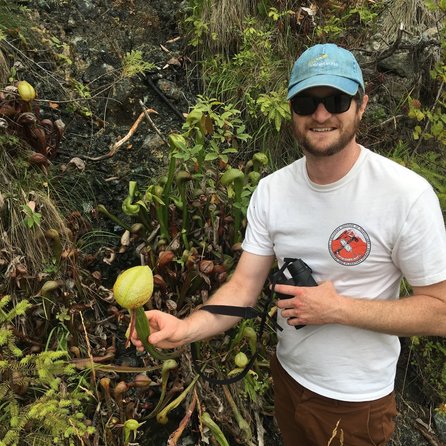
Jonathan has been the lab manager of the Noble Gas Lab since 2016. He specializes in vacuum technologies, and automation in the pursuit of noble gas research. Feel free to reach out with inquiries about the lab, noble gas analysis, or vacuum systems.
Postdoctoral Researchers
Jeff Osterhout
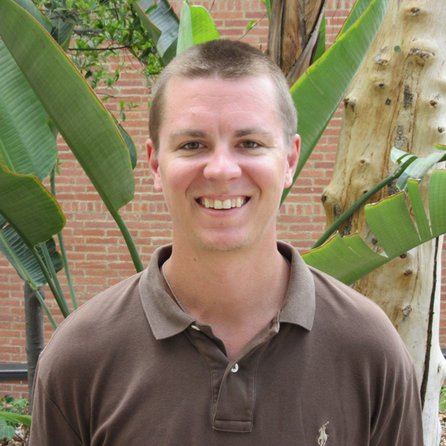
Jeff is a JPL Postdoctoral Fellow and Visitor in Geochemistry at Caltech working with the Mars 2020 mission and Mars Sample Return program. His research lies at the intersection of paleobiology, geochemistry, and planetary science, with a focus on astrobiology and the search for life on Mars. In the Farley lab, he is currently investigating the behavior of noble gases (e.g., He, Ar, Xe) in flight-like Mars 2020 sample tubes and their hermetic seals in preparation for their future return to Earth. Jeff is also collaborating with the SHERLOC instrument team on studies of organic and inorganic samples on Mars. Using a combination of field studies, laboratory experiments, and high-resolution analytical techniques, he is also engaged in the development of laboratory protocols for future biosignature detection within extraterrestrial samples.
Graduate Students
Ruolin Deng
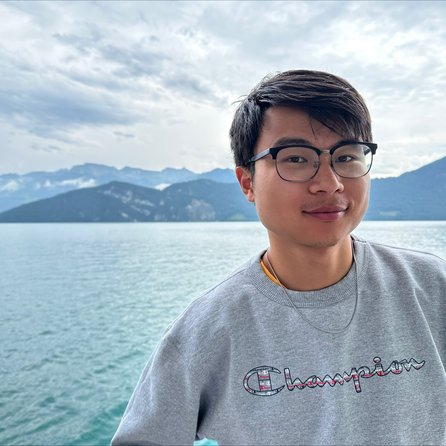
Ruolin is a sixth year graduate student in geology whose research focuses on extraterrestrial noble gases delivered to Earth by cosmic dust particles. In his research, he uses a combination of mass spectrometry, wet chemistry, paleomagnetism and rock magnetism, and orbit dynamics modeling. His current projects include building a high-resolution record of the K1 3He enhancement event in Late Cretaceous, establishing noble gas compositions of modern and ancient cosmic dust, probing preservation mechanisms of noble gases in cosmic dust, and constructing sedimentation rate models based on 3He accretion history. He has one orange cat and one tabby cat.
Alessandra Flaherty
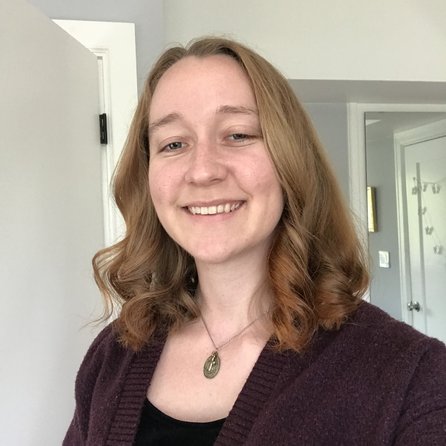
Alessandra is a fourth year graduate student in geochemistry who primarily studies the relationship between radiation damage in mineral structures and the diffusion kinetics of helium formed during radioactive decay. Her current projects include using diffusion experiments to study the mechanisms by which defects in mineral structures impede the diffusive loss of helium, investigating the relationship between fission track annealing and helium diffusivity in apatite, and using ion implantation to simulate and identify whether or not alpha particle and alpha recoil damage affect helium diffusion kinetics differently.
Jessica Mueller

Jess is a fourth year PhD student in geochemistry co-advised by Bethany Ehlmann. She received her bachelor’s degree in Geoscience from Boise State University where she researched the U-Pb zircon geochronology of the Clarkia Lagerstätte. Now at Caltech, she works in the Farley lab where she primarily uses (U-Th)/He dating of goethite and hematite to better constrain the geochronology and chemistry of Fe-dominated landscapes, including McGraths Lagerstätte in New South Wales, Australia and the Dales Gorge Channel Iron Deposit in Western Australia. She also used cosmogenic 3He and novel step-heating experiments to obtain the exposure age of 10.9 ± 1.1 ka for the youngest lava flow at Volcano Mountain in Yukon, Canada and this work currently being reviewed in the journal Geochronology for publication.
Iva Tomchovska
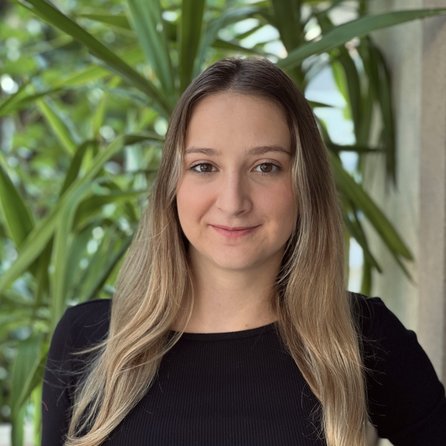
Iva is a third year PhD student in geobiology fascinated by the complex geochemical and physical records of time, life, and environments preserved in sediments and sedimentary rocks. She is co-advised by John Grotzinger, but in the Farley group, her work focuses on utilizing extraterrestrial Helium-3 and excess Thorium-230 to derive sedimentary mass accumulation rates and interpreting how grain size fractionation during lateral sediment redistribution may bias these proxy-derived mass accumulation rates. Her work includes investigating how winnowing and focusing impact the derived vertical variations in the fluxes of paleoenvironmental proxies like dust, calcium carbonate, and opal.
